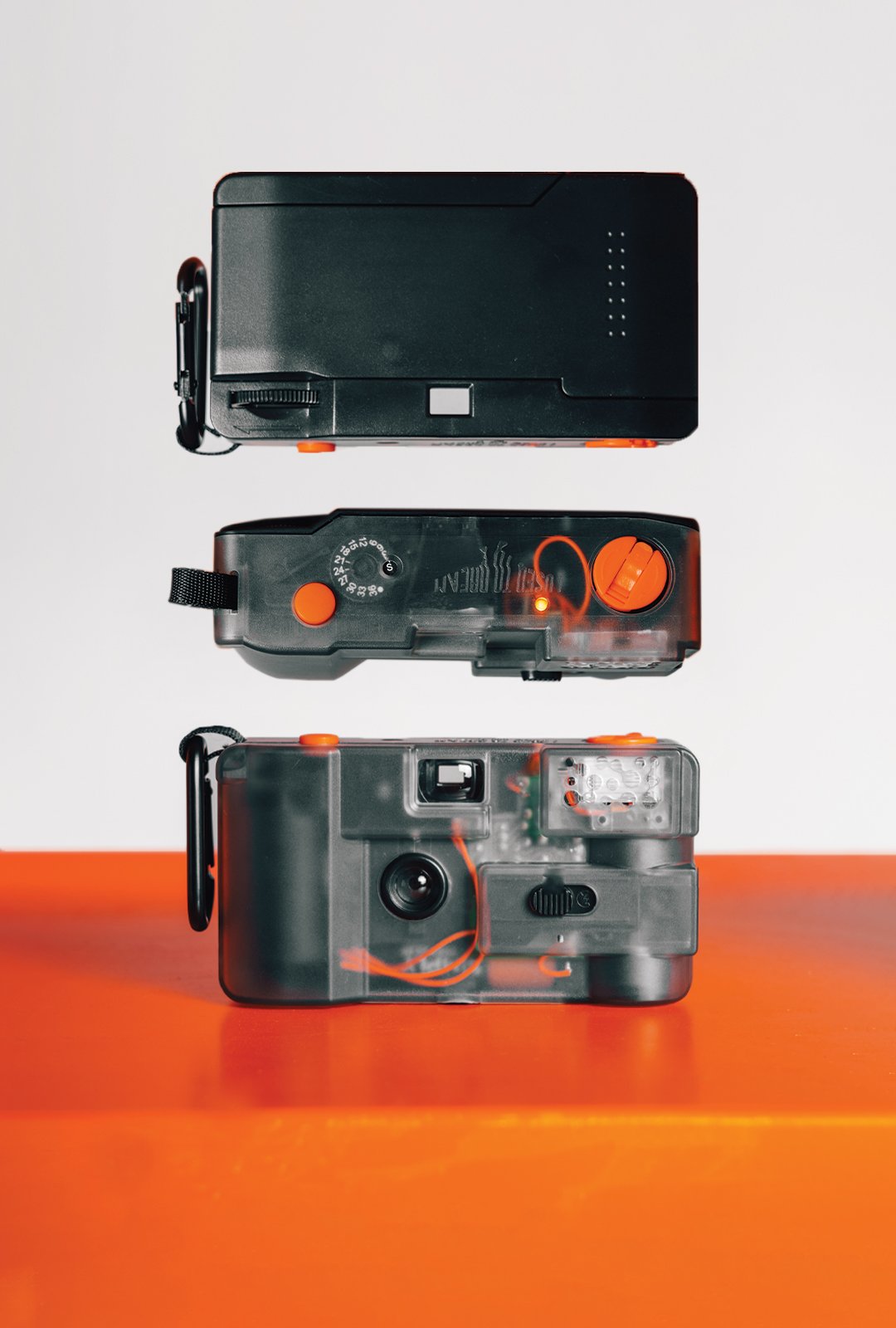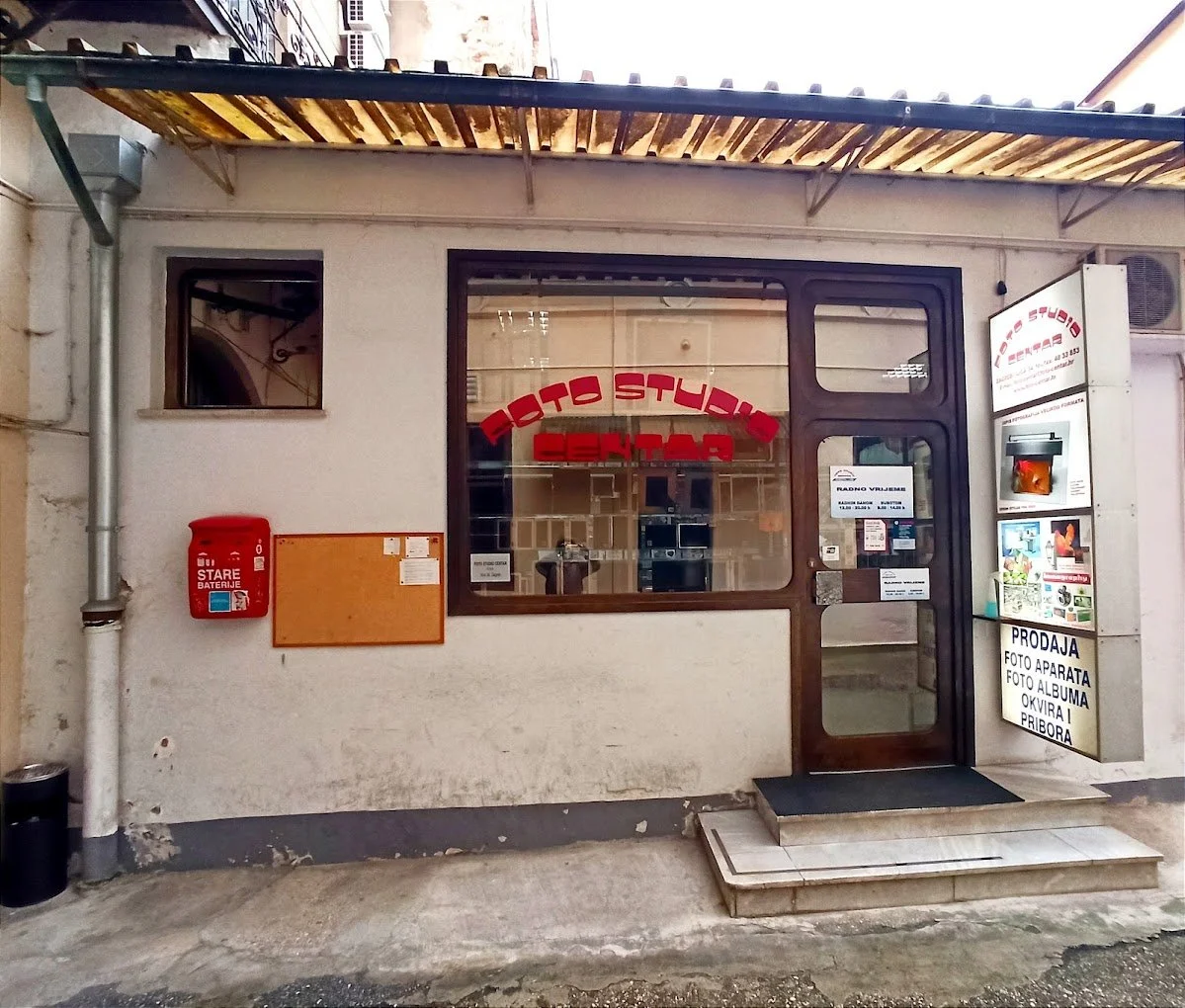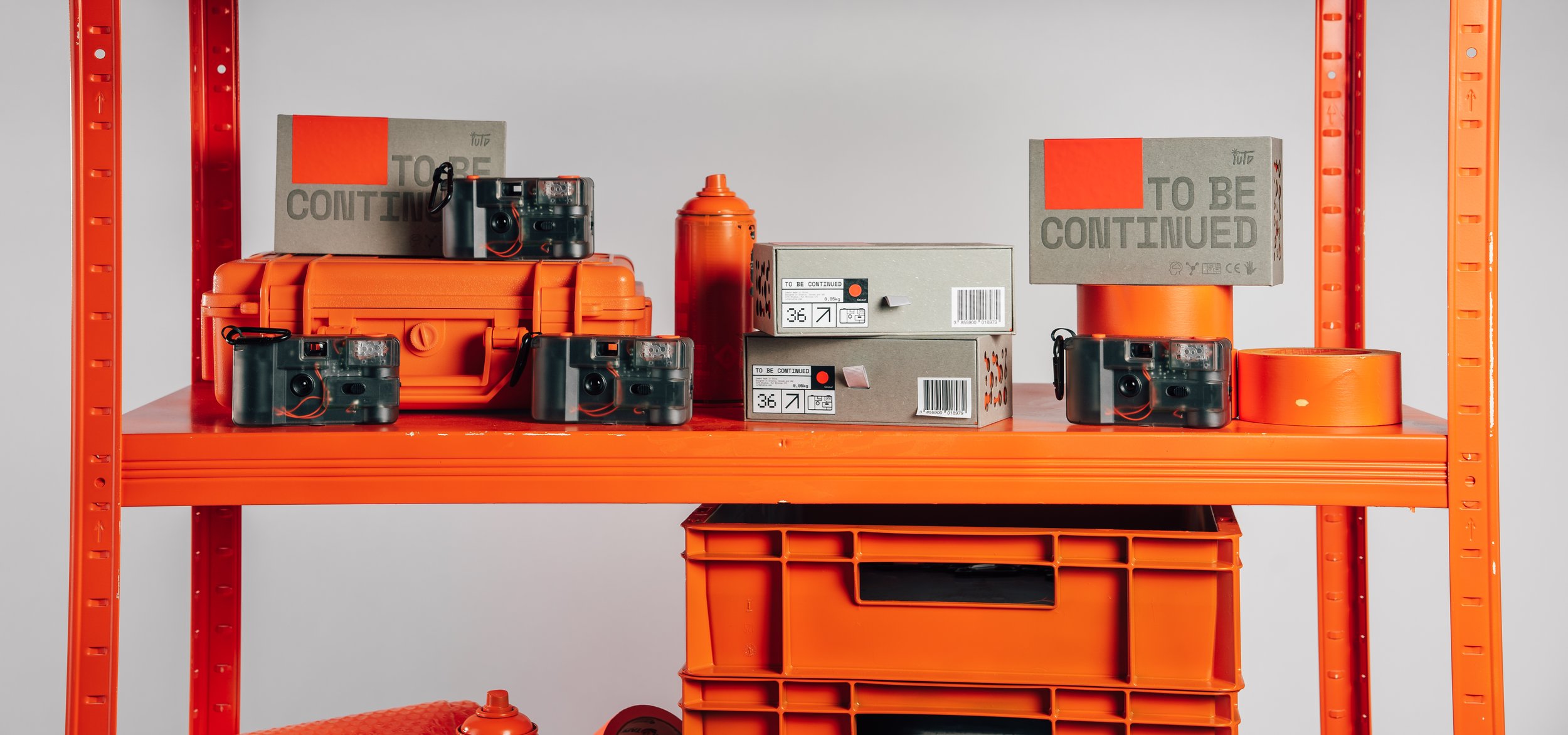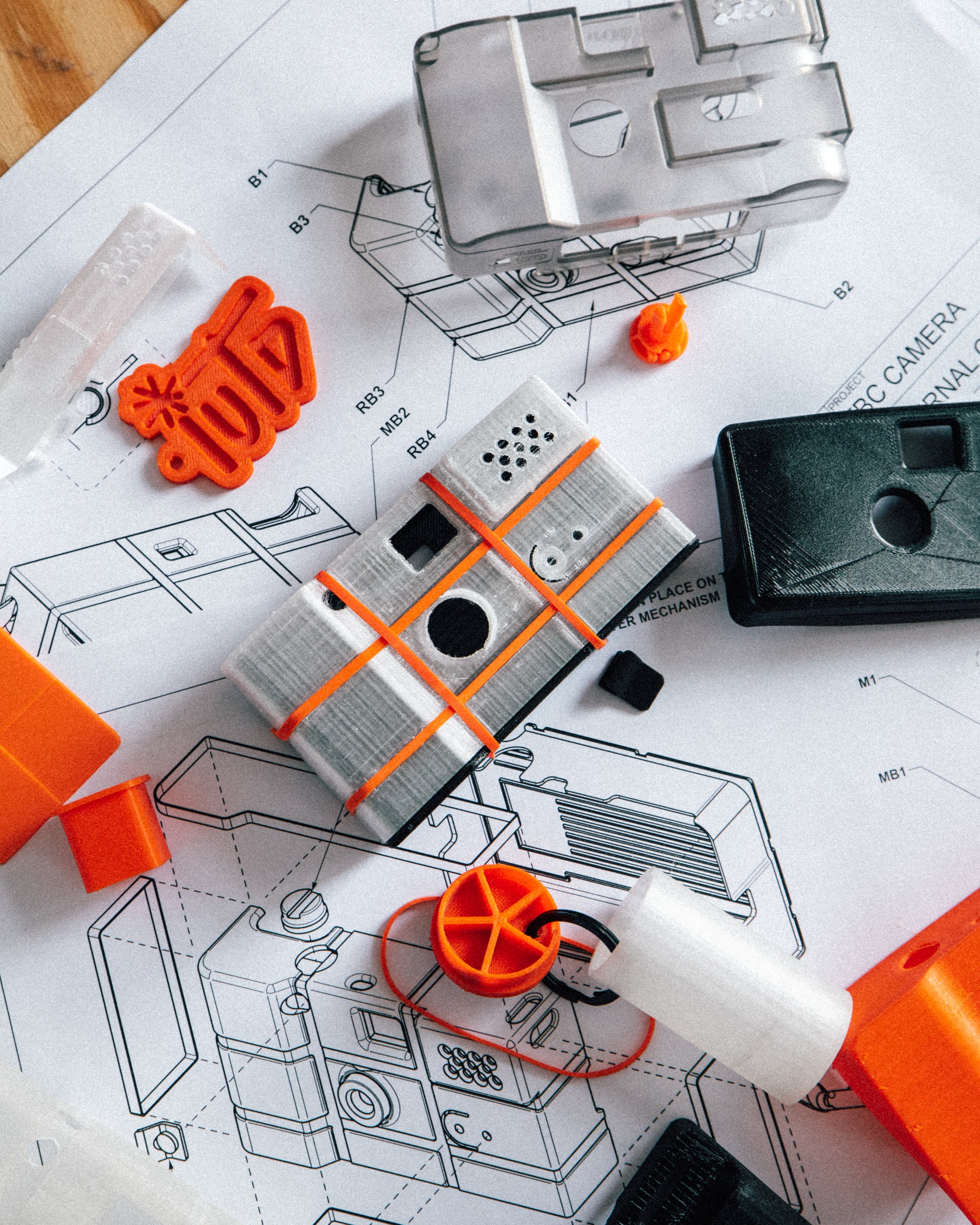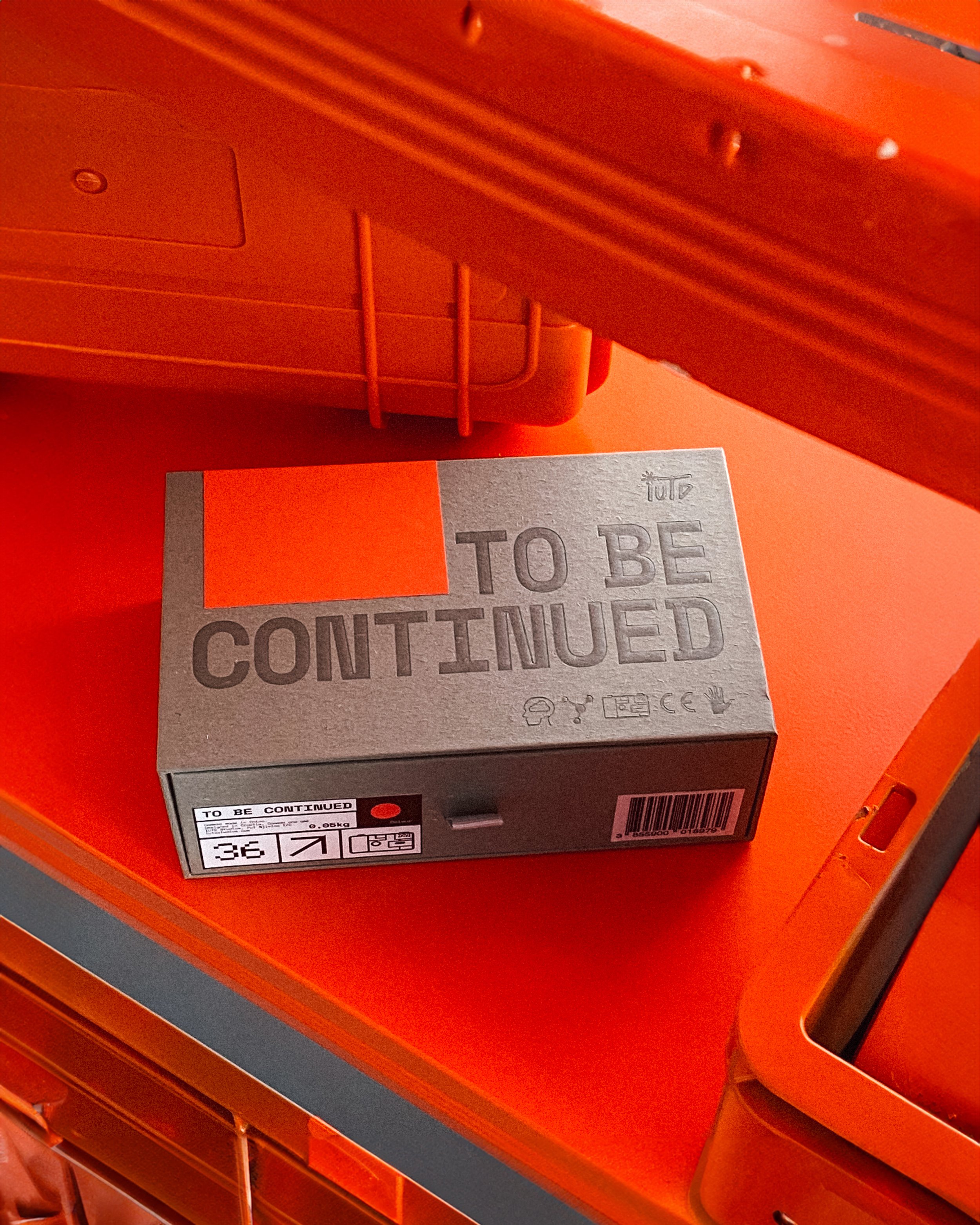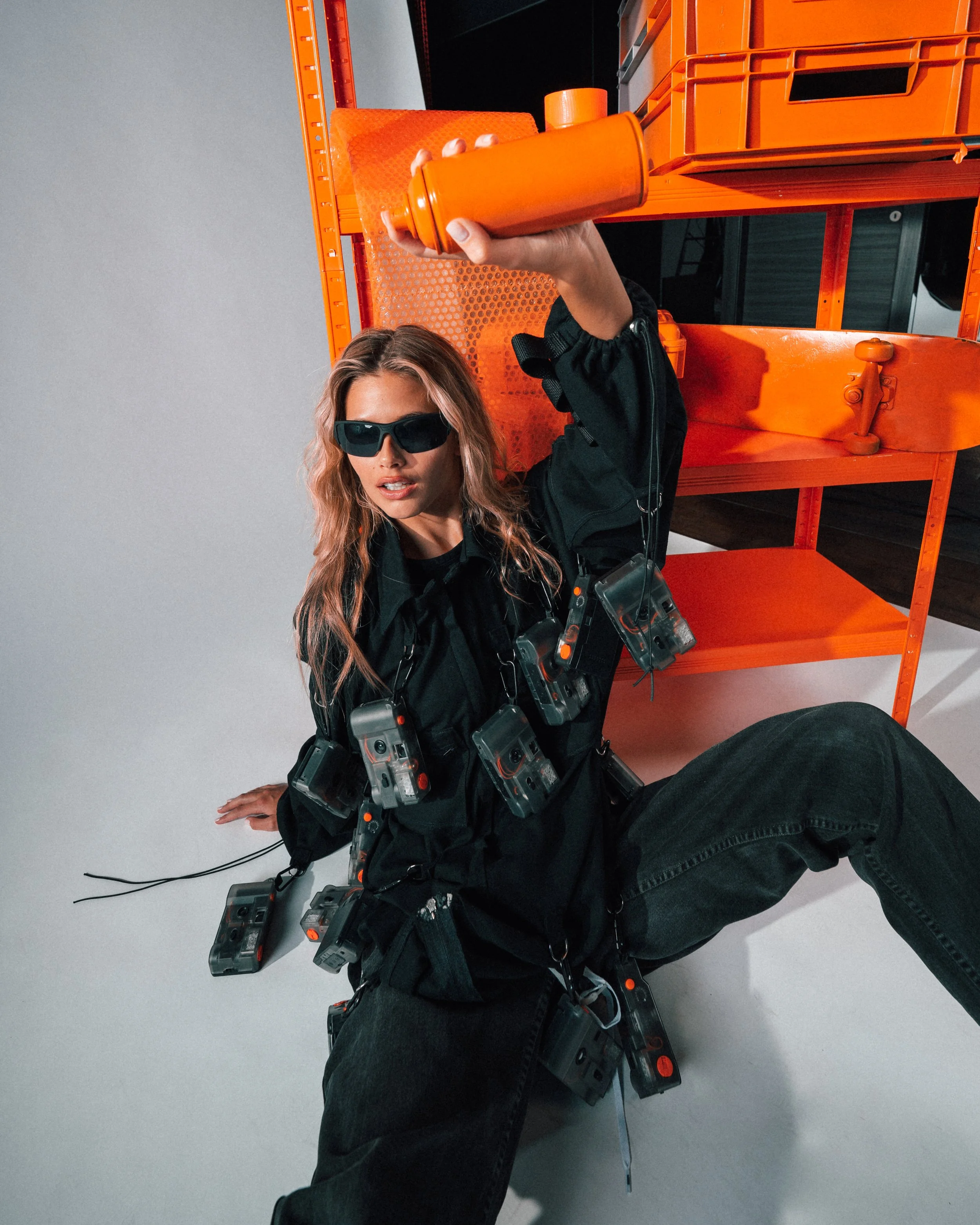The Building of a Disposable Camera: Interview with Joshua Cirjak
Today I talk to Joshua Cirjak, the Croatian based business owner and inventor. Joshua’s business, IUTD Studios originated as a clothing company but shifted gears with his invention of a reusable disposable camera. The camera maintains a retro feel with its translucent body and visible internals while marketing towards more modern film shooters. Photographers looking for an entry point into shooting film and faced with ethical issues of reusability have found a home in this camera as IUTD continues to expand into retail shops across the world. To see someone young and passionate pushing film photography forward is always a treat. Joshua’s approach to maintaining the aesthetic integrity of film while modernizing the experience goes hand in hand with the mission of Nice Film Club. Our conversation follows below.
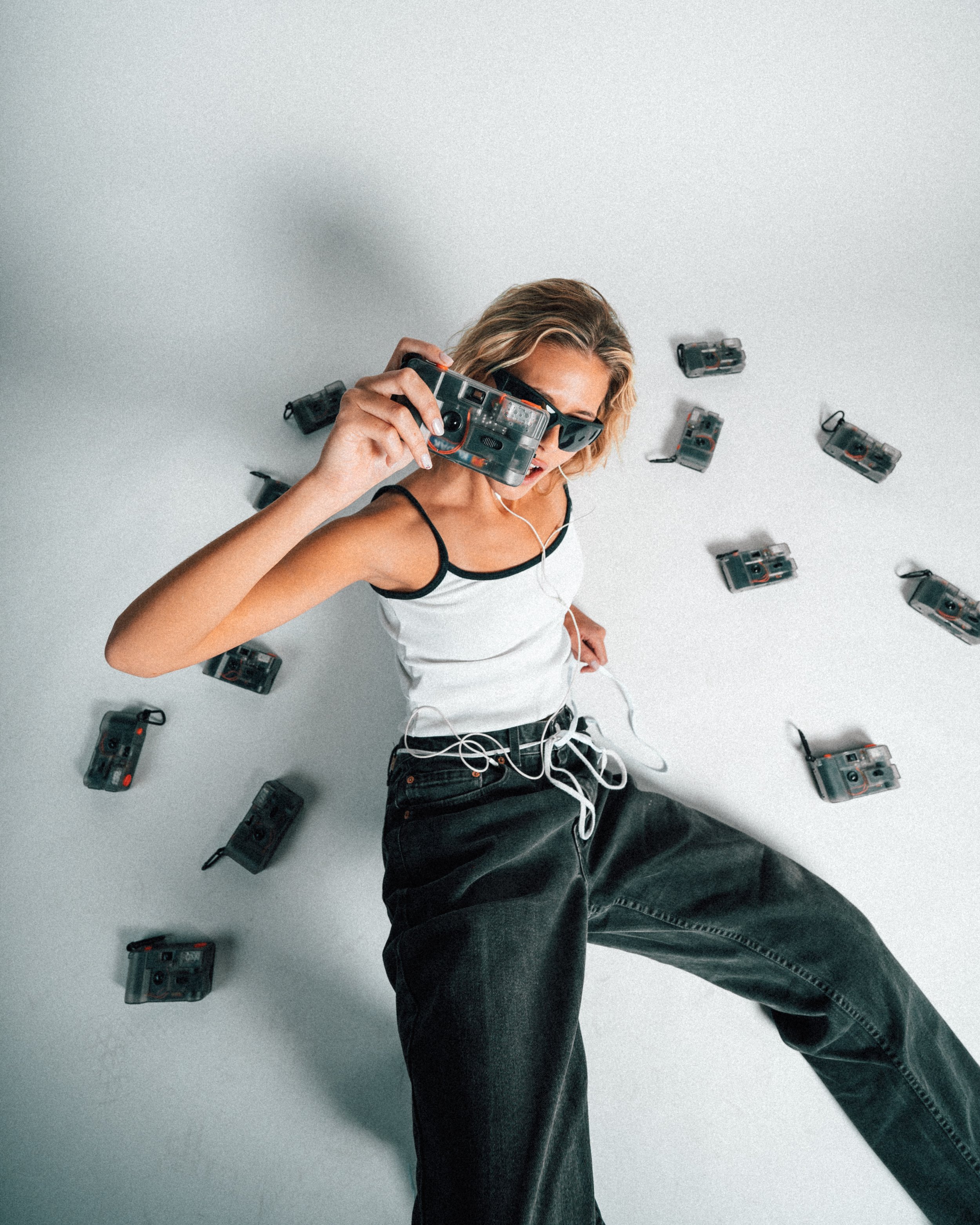
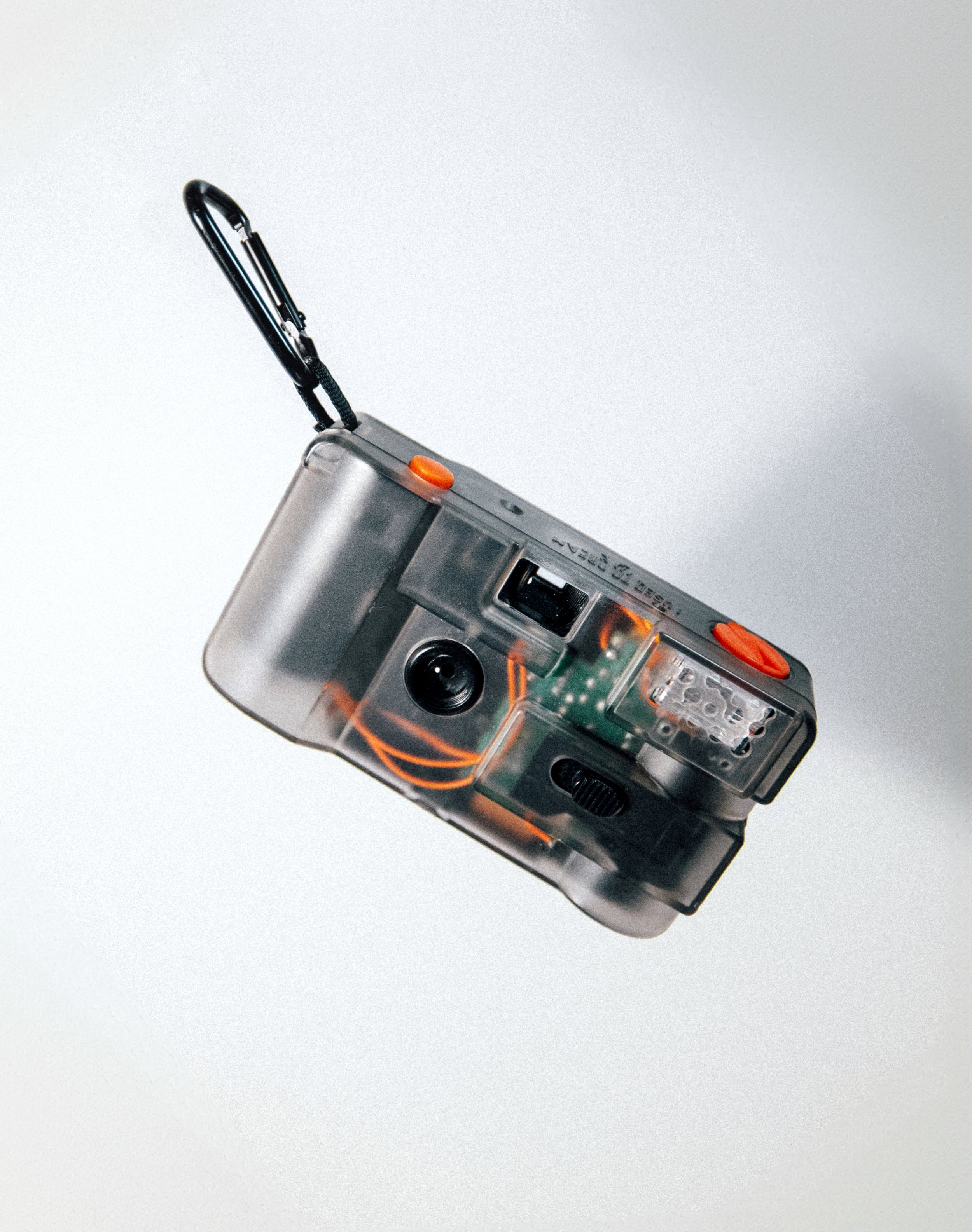
Gabe: Just start off telling me about the brand. Tell me about the name, how things came about, things like that.
Joshua: So IUTD Studios stands for, “I used to dream.” A lot of people at the time were promoting “dreaming big” and I was kind of tired of it. I thought, you know what, you got to stop dreaming and start actually making your dreams a reality so that you can say, “I used to dream about this and I used to dream about that.” It’s putting the dreaming in the past tense. So that's why the brand is called “I used to dream.” We started as a clothing brand but being a photographer and a videographer myself I really wanted to create my own camera that I could take with me on tour with these artists that I work with. I wanted to have something of my own, plus I love shooting film. That’s how the idea was sparked. I was at University at the time. I'm 25 right now and the idea first started when I was 21.
After classes I would play around with the 3D printer. I didn’t like throwing disposables away so I kept the parts and redesigned the flimsy, wonky shell to give it a new life. There was this guy in my class named Shraeyas and he's really incredible at 3D modeling. He would model some crazy shells using different types of materials. Hard shells, soft shells, we just had some crazy designs. That was the first idea for the TBC camera, but we realized that a 3D printed camera is not durable enough to manufacture. We kept prototyping with the 3D filaments and then decided to purchase our first mold. Everything's bootstrapped, all the money that goes into my brand is my own. I didn't have a lot of money and the mold itself cost 20,000 Euros (Close to 22,000 USD).
Gabe: Wow
Joshua: But it was super hard as you can imagine. The camera shell is injection molded, which is basically one side of a mold, another side of a mold, and then the plastic is put in between. Creating an actual camera with all the internals, all the little parts that go into a simple camera like this is insane. I can't even imagine how Canon, Nikon and Sony create their cameras because even this is extremely complicated. So what we did was we purchased the internals and slightly modified them. Then we redesigned our own shell and a mechanism so they could be reusable.
Gabe: Can you talk a little bit about the aesthetics of the camera? Why did you choose to have it transparent? Was this the first thing you landed on?
Joshua: Yeah, that was the number one criteria was to make it transparent. The Concord Clear Shot was actually the inspo behind our camera. I just love that 80s/90s retro feeling, like the transparent Game Boy. It's super cool. When you put a battery inside the camera you can see the light shining through and it has this nice glow. It looks super cool. We also wanted to make the shell as slim as possible. It can't get any slimmer than this with the internals that we have.
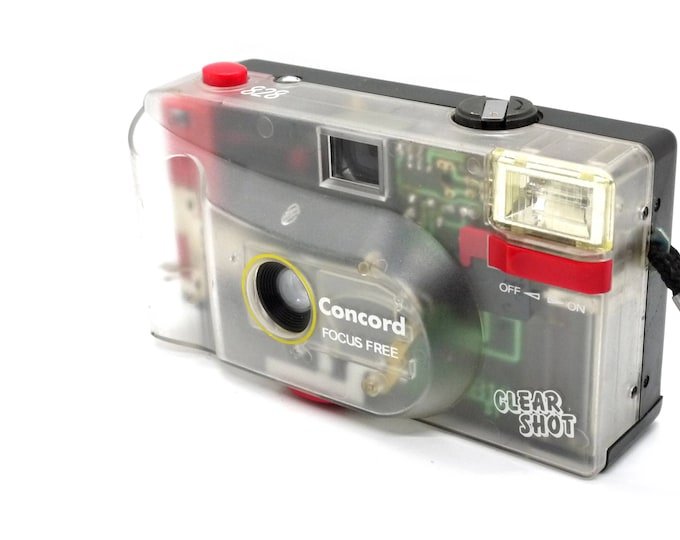
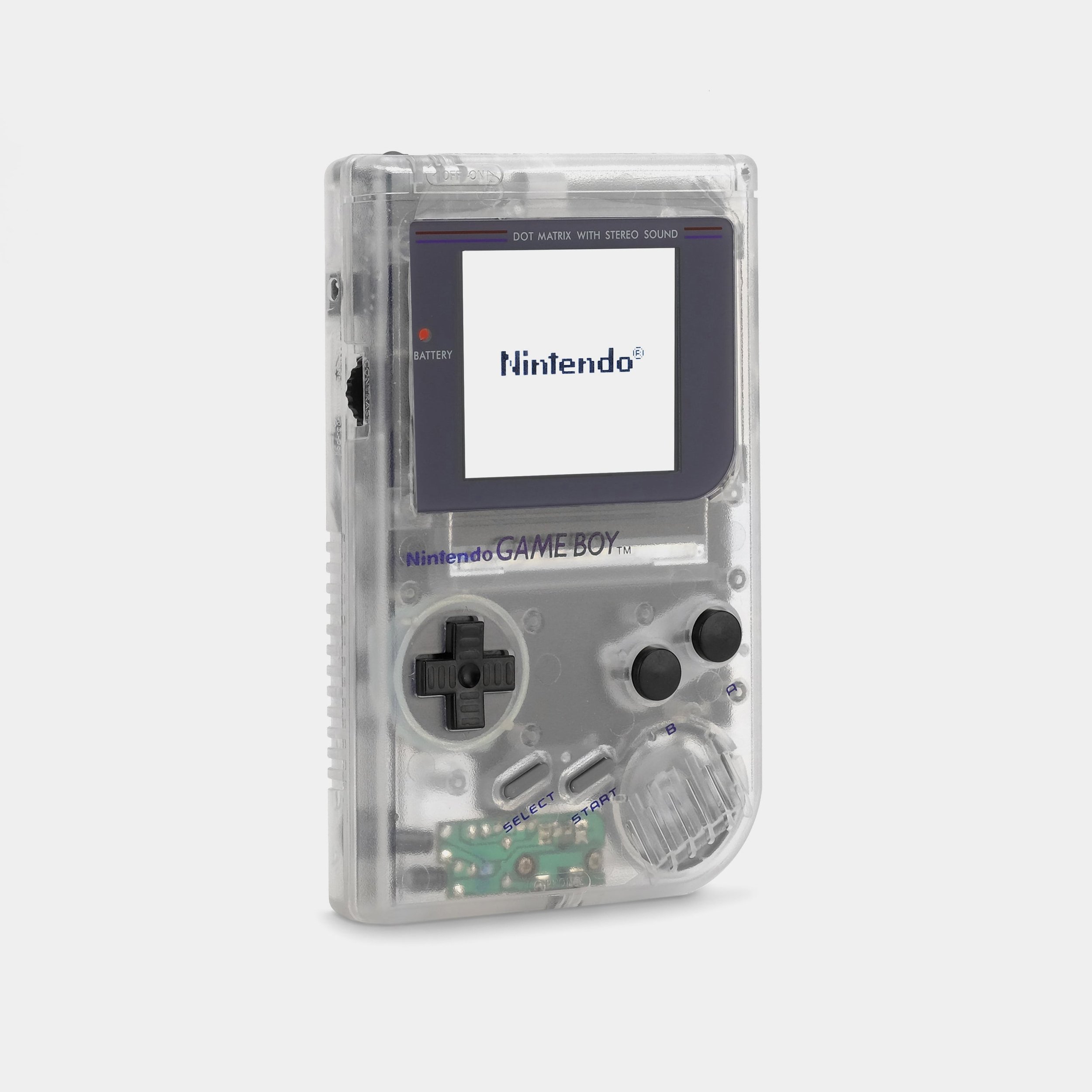
Gabe: Is your target demographic people your age? Do you think the huge spike in film popularity will keep going up or do you think that's it’s gonna hit a peak and slow down? A lot of young people are now shooting film.
Joshua: This camera is definitely an attraction to bring people into film because it looks so cool that people want to learn more about it, opposed to old cameras that look super complicated and have a bunch of settings. The reason I love this camera, and the reason I love disposables in general is not the fact you can throw them away; it's that you don't have to focus on getting the perfect shot. There's not a lot of settings. You turn on the flash and you capture the memory in the rawest form possible. It's not perfect. Sometimes it can be blurry. Sometimes the lighting can be off but you get that moment. So I think when it comes to memory capturing, this is the perfect device for people that are getting into film. I think that film has its unique community that sticks really strong together and it grows slowly. However, film is super expensive and I think that's one big factor that keeps a lot of people away from it. If film was a lot cheaper a lot more people would be into it.
I love waiting for the film. It's like Christmas when your film scans arrive, right? But for a lot of people it's just not convenient, especially nowadays with TikTok and the rise of fast content. I feel like our brains are wired for fast fast fast fast and this really slows it down which is kind of my goal. I want people to slow down again instead of having everything at their fingertips.
Gabe: Is there a huge demand for film in Croatia? How's the market different? In New York for example, there’s film labs everywhere, and it seems like everywhere you look someone has a camera.
Joshua: In Croatia, there's definitely not that big of a film community. There's a small niche community and there are a lot of film labs just because a lot of the old film shops that used to be in business are still there… They still have all the machines from back in the day. It's not hard to find a place to develop your film but not a lot of people are doing it. So these film shops are slowly starting to shut down.
Gabe: What do you see missing in the film photography industry? What are some areas of improvement where you'd like to see changes in the next 10 years.
Joshua: It's a good question again, cheaper prices of film is number one. I think that's gonna enable a whole new wave of film photographers. For my brand, my goal for the next five years is to create a one stop shop where you can purchase the film, get the camera, send it back, and have it developed. Right now all these things are in different places… It's kind of a difficult question. I don't know, I just want film to stay alive.
Gabe: Obviously hindsight's 2020, right? You've put so much time, money, and effort into this. What are some things that you would change about how you started out or some things you would do differently. What can you say to people who are young and want to start a brand or want to build something like this?
Joshua: So at the start I was doing it for fun. My initial order was 500 pieces. For creating your own camera 500 pieces is nothing. It gets really expensive to create a camera like this. Hence our camera price of 75 Euros, which I would love to bring down but with the mold cost, with the small orders, it's impossible. So we ordered 500 pieces and it actually sold out within two and a half months. I didn't think we would ever sell 500 pieces. When I was selling clothes for my brand I would barely sell a hundred pieces. The idea for the future is to use that money to just keep on upgrading our camera, every generation just getting better and better. So maybe the next versions’ gonna have a glass lens, that's something we're looking at. We’re also looking at these rub on decals so people can customize their cameras. Also maybe having DX coding in the future so the camera can actually tell which ISO the film is. Right now we’re just upgrading it step by step with the money we have.
For people getting into this it's super complicated, it's really not easy. It involves a lot of money, but it is possible. You can create your own camera. My advice would be to see what other people are doing to gain inspiration and add your own twist to it.
Gabe: Do you feel like you benefited from keeping your team small? It's just you and one other person right? Or do you think as you expand you'll start to take in more people? How does that affect the integrity of the brand?
Joshua: I would love to add more people but as a photographer and as a brand owner, I'm a perfectionist. When it comes to social media I know that I need to hire someone to do it so that I can have more time to focus on the designing but I just can't imagine letting someone else do all the posts because I have such a vision for my brand. That's why the aesthetics are super on point on our Instagram because it's very precise. We are growing gradually. Our orders are getting bigger and we're working with more manufacturers so I will definitely need to expand the team if anyone's interested in working with us.
(If this is you, contact them! Instagram at @iutdstudios or email josh@iutdstudios.com)
Gabe: What’s the plan for the future?
Joshua: We're working on other colorways which will probably be released in the summer and we're also working on some collabs with film labs, which is cool. We have good relationships with a retailer in Taiwan. They're called Snap Magazine. They're super cool, we’re creating a custom camera for them.
Gabe: That's great. You guys are really pushing forward so quickly and it seems like all your ideas are really coming to fruition. Congratulations!
Joshua: Thank you… It's kind of just like a passion project that I'm sharing with people. I think people see that it's super personal. It's pretty much just me and my friend who's a designer working on this. We're definitely not a big brand but we're growing and it's super cool to see people loving our cameras. It’s just the start, we’re working on making the cameras even better, even more high quality, and expanding into new designs in the future. We'll see where it takes us.
If you enjoyed this article, or any other of our content please share and leave a comment! As always visit nicefilmclub.com for your scanning and development needs.

